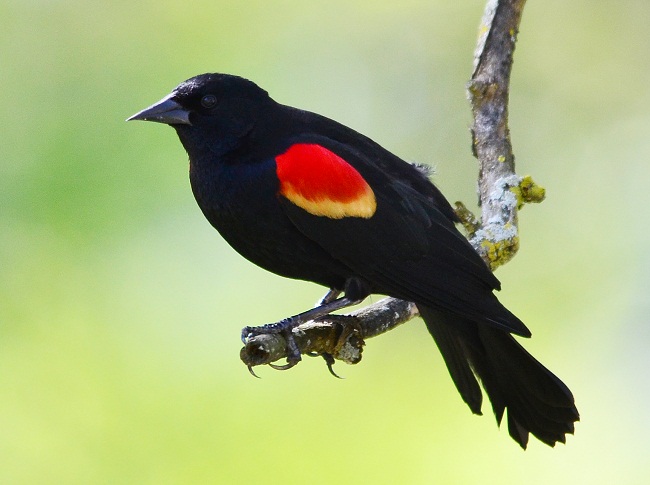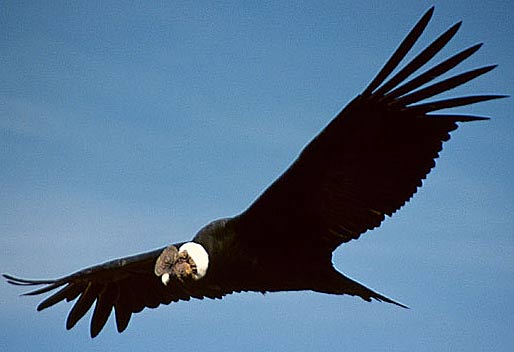
However, when you take a closer look at raven vs crow, there are key differences in their behavior and specific body parts which you can only recognize through observation even from a distance. In a comparison, there are enough similarities in physical features and terminology to believe that these birds are, in fact, the same.
#CROW WINGSPAN HOW TO#
They’re also really smart about getting into things, for example, figuring out how to unlatch containers to steal food. They are among the few animal species that use tools, and they use clever strategies like throwing nuts onto the ground to break them open. An interesting article in the September/October issue of Colorado Outdoors magazine compares the two birds and describes some of the ways their intelligence has been studied and observed. (However, ravens will often travel in pairs while crows are more likely to be in larger groups, known as “murders.”) And they are both among the world’s smartest animals. Both species are highly sociable birds, with close-knit family structures. They are “opportunistic omnivores,” eating everything from insects to carrion to scavenged human food and garbage. Common Ravenĭespite their many differences, crows and ravens have a number of similarities. Crows usually walk, while ravens will do a combination of walking and hopping. Some differences can be seen when the birds are on the ground, too. Typically, ravens soar, while crows flap. Another sign to look for is how they fly. Ravens, on the other hand, have differing lengths of tail feathers, so their tails will appear wedge- or diamond-shaped. Crows’ tail feathers are all fairly even in length, so their tails will have a fan-shaped appearance during flight. If you’re observing the birds in flight, one of the signs to look for is the tail feathers. They also have thicker beaks than crows, with more of a curve to the end.


If you’re able to observe a bird up close, you’ll see that ravens have fluffier feathers around their head and especially at their throat. Crows most often have an even caw, caw sound, while ravens have a deeper, throatier, croaking call. Studies have shown that crows have a “vocabulary” of as many as 250 different sounds! To distinguish a crow from a raven, listen to their calls. Crows have smaller wingspans, with bodies around the size of pigeons. Ravens are the larger of the two, with wingspans around 45 inches. The two biggest differences between crows and ravens are their size and their sounds. Both are common throughout Colorado, although there are fewer ravens in the eastern part of the state. Members of the family Corvidae (which also includes jays and magpies), crows and ravens are the only North American bird species that are completely black in color.

If you look and listen carefully, though, you’ll be able to spot the differences. Crows and ravens appear very similar, so they are commonly mistaken for one another.


 0 kommentar(er)
0 kommentar(er)
